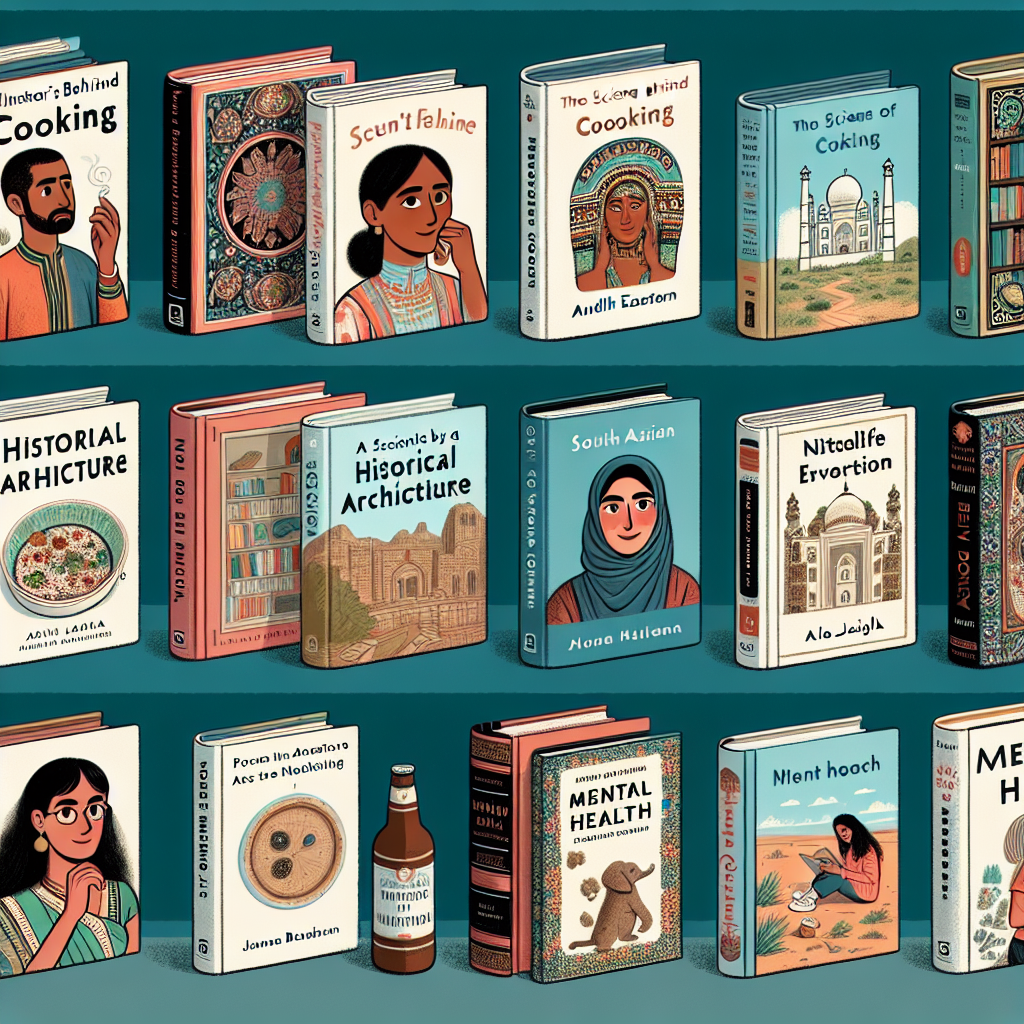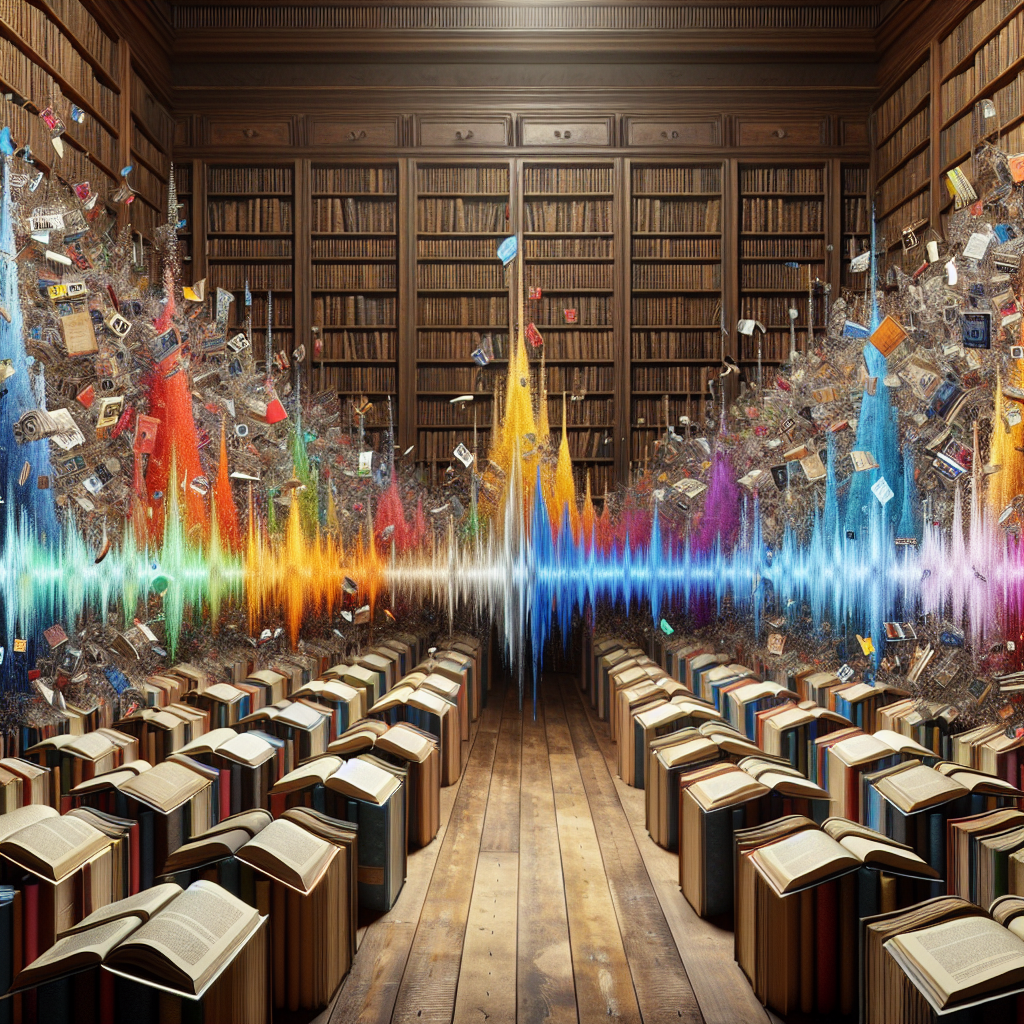As an Amazon Associate I earn from qualifying purchases.
Diverse Voices in Nonfiction Literature: A Comprehensive Exploration

The landscape of nonfiction literature has been undergoing a significant transformation, moving towards inclusivity and diversity. This shift is not just a trend but a necessary evolution that reflects the multifaceted nature of human experience. Diverse voices in nonfiction literature enrich readers' understanding of the world, offering perspectives that might otherwise be overlooked. This article delves into the importance of diversity in nonfiction, highlights notable authors and works, and discusses the impact of diverse narratives on society.
The Importance of Diversity in Nonfiction Literature
Diversity in nonfiction literature is crucial for several reasons. It fosters empathy, broadens readers' perspectives, and contributes to a more nuanced understanding of complex issues. By presenting a multitude of voices, nonfiction literature can challenge stereotypes and dismantle prejudices. Furthermore, it ensures that a wider range of experiences and identities are represented, giving voice to those who have historically been marginalized.
- Empathy and Understanding: Reading about the experiences of people from different backgrounds can foster empathy and understanding, bridging cultural and societal divides.
- Challenging Stereotypes: Diverse narratives help to challenge and dismantle stereotypes, presenting individuals as complex beings rather than one-dimensional caricatures.
- Representation Matters: When people see their experiences and identities reflected in literature, it validates their existence and contributes to a sense of belonging.
Spotlight on Diverse Voices in Nonfiction
The nonfiction genre is rich with authors who bring diverse perspectives to the forefront. These writers, through their unique lenses, tackle a wide range of topics, from race and gender to disability and immigration. Here are some notable authors and their impactful works:
- Ibram X. Kendi – “How to Be an Antiracist”: Kendi's work is a profound narrative that challenges readers to think beyond the traditional notions of racism and antiracism.
- Ta-Nehisi Coates – “Between the World and Me”: Written as a letter to his son, Coates's book delves into the realities of being Black in America, weaving personal narrative with historical analysis.
- Roxane Gay – “Bad Feminist”: Gay's collection of essays offers a critical look at feminism, popular culture, and the importance of inclusive representation.
- Isabel Wilkerson – “Caste: The Origins of Our Discontents”: Wilkerson explores the unspoken caste system that has shaped America, comparing it to the caste systems of India and Nazi Germany.
The Impact of Diverse Nonfiction Narratives
The inclusion of diverse voices in nonfiction literature has a profound impact on both individual readers and society as a whole. These narratives not only educate and inform but also inspire action and change. By highlighting the struggles and triumphs of various communities, nonfiction literature can play a pivotal role in social justice movements.
- Educational Impact: Diverse nonfiction works serve as educational tools that provide insights into the lives and struggles of different communities, promoting a deeper understanding of societal issues.
- Inspiring Change: By bringing to light injustices and inequalities, these works can inspire readers to advocate for change and contribute to the fight against discrimination and oppression.
- Shaping Public Discourse: Diverse narratives in nonfiction literature can influence public discourse, challenging prevailing narratives and introducing new perspectives into mainstream conversations.
Challenges and Opportunities
Despite the progress made in promoting diversity in nonfiction literature, challenges remain. The publishing industry, like many others, has been criticized for its lack of diversity, both in terms of the authors it promotes and the stories it chooses to publish. However, these challenges also present opportunities for growth and change.
- Overcoming Industry Barriers: Efforts to diversify the publishing industry include mentorship programs for writers from underrepresented backgrounds, diversity initiatives within publishing houses, and support for independent publishers focusing on diverse voices.
- Amplifying Marginalized Voices: Social media and digital platforms offer unprecedented opportunities for marginalized writers to share their work, reach wider audiences, and build communities of support.
- Engaging with Diverse Literature: Readers play a crucial role in supporting diverse voices by actively seeking out and engaging with nonfiction works by authors from a variety of backgrounds.
Conclusion: The Way Forward
The inclusion of diverse voices in nonfiction literature is not just a matter of equity but also one of enriching the collective human experience. By embracing diversity, readers and writers alike can contribute to a more inclusive, empathetic, and understanding world. The journey towards a more diverse literary landscape is ongoing, but with each step, we move closer to a future where all voices are heard, valued, and celebrated. As readers, we have the power to support this transformation by choosing to read, share, and discuss works that reflect the rich tapestry of human experience.
In conclusion, the evolution of diverse voices in nonfiction literature offers a beacon of hope and a challenge to us all. It invites us to look beyond our own experiences, to learn from others, and to contribute to a world where diversity is not just accepted but embraced. The path forward is one of continued advocacy, education, and engagement, with the promise of a more inclusive and equitable literary world on the horizon.
Amazon and the Amazon logo are trademarks of Amazon.com, Inc, or its affiliates.






















































